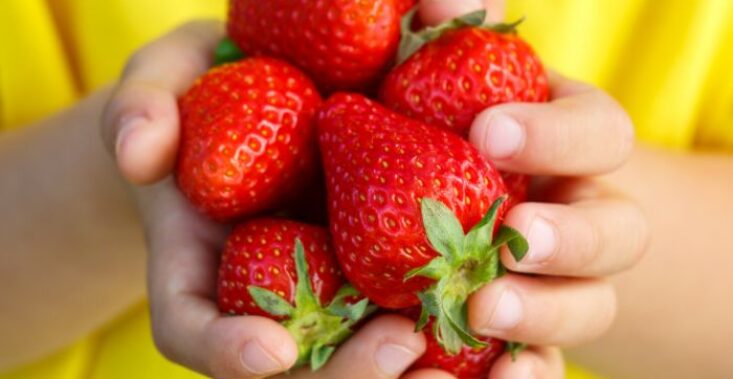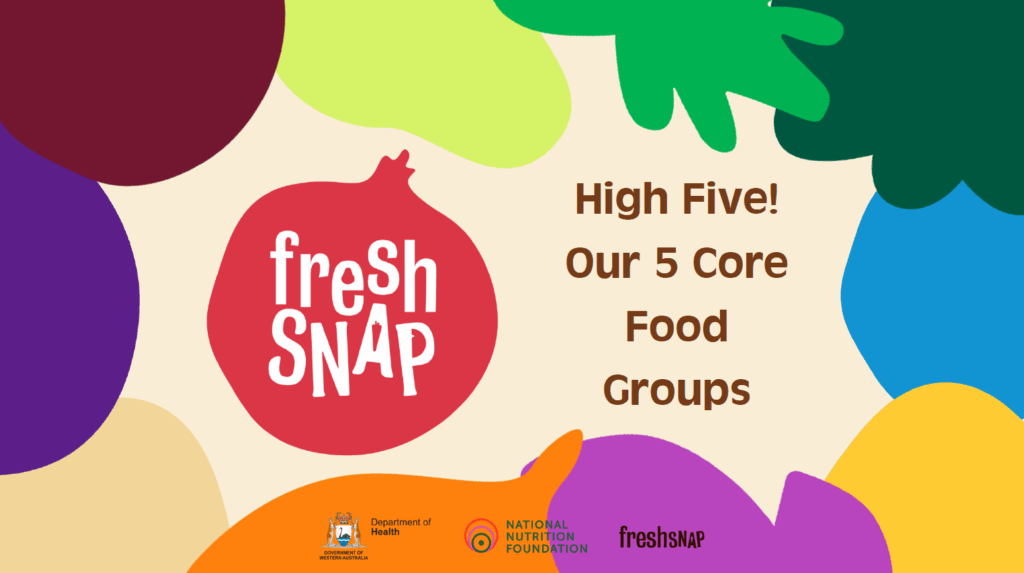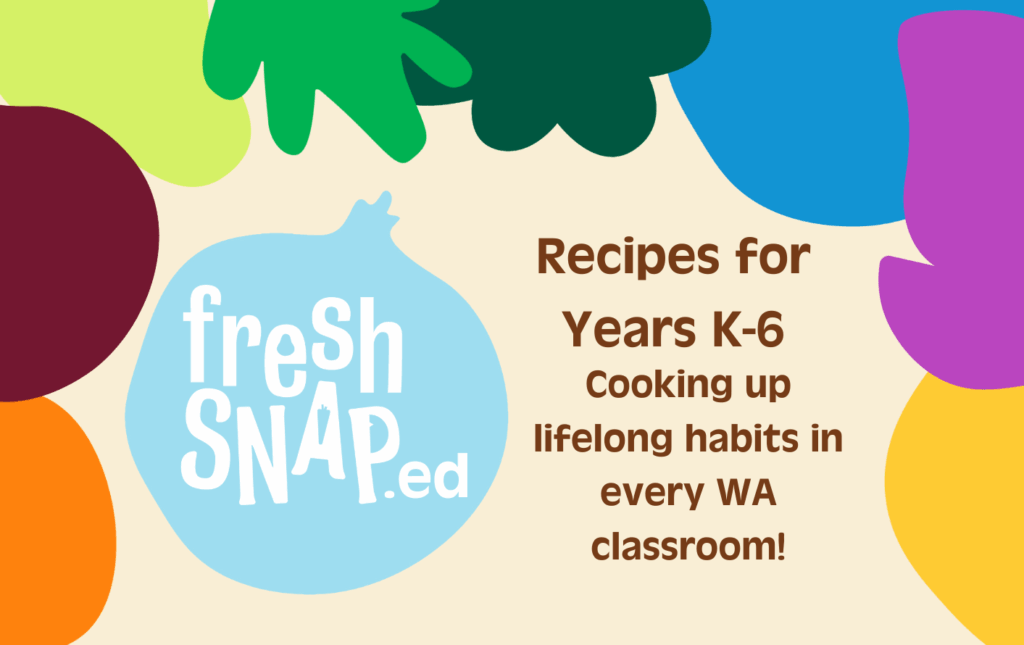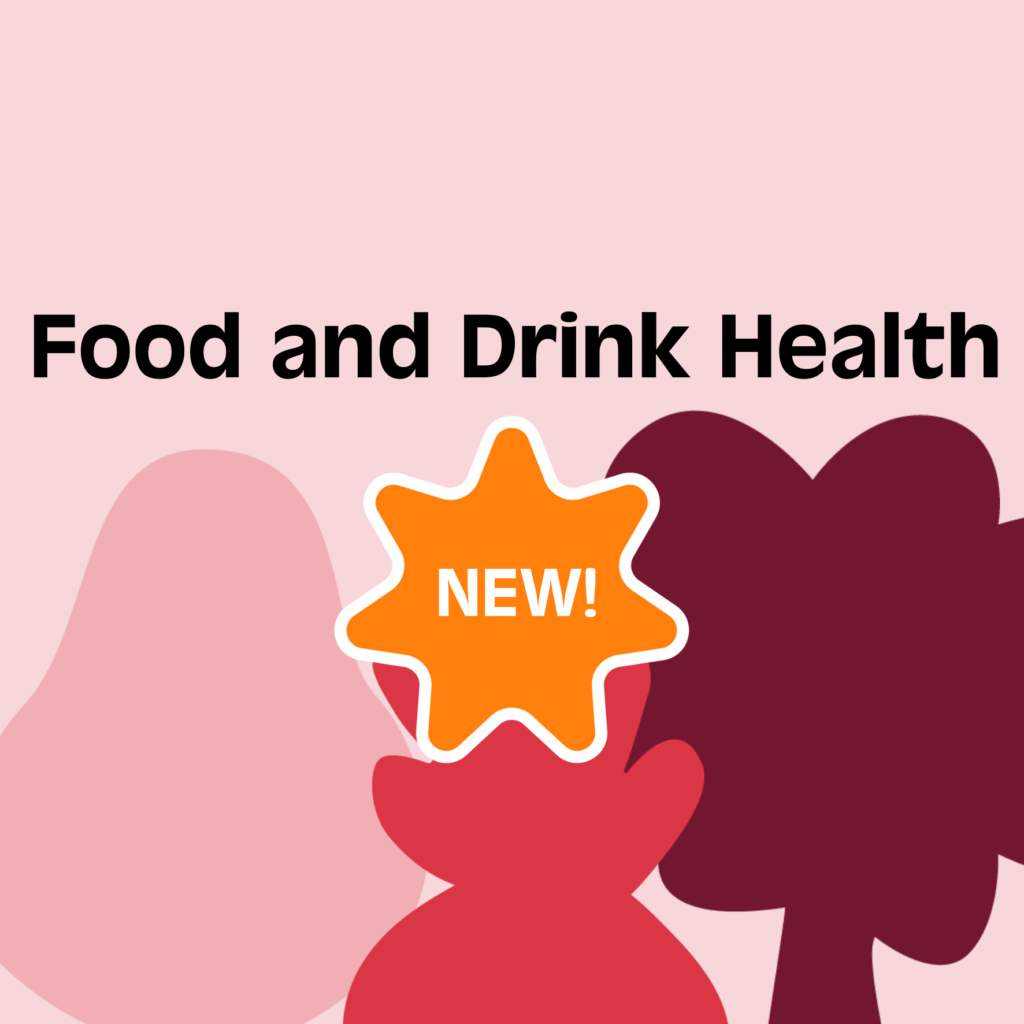
Teachers as role models
Teachers play a vital role in shaping students’ attitudes and behaviours around food. As trusted role models, teachers have the unique opportunity to promote healthy eating habits through both their actions and the learning experiences they provide. Embedding nutrition into classroom learning supports a whole-school approach to health and wellbeing.
While food and nutrition education is traditionally taught through Health and Technologies, healthy eating is relevant across all learning areas. FreshSNAP offers a suite of flexible, curriculum-aligned resources to support teachers in embedding nutrition education across the classroom.
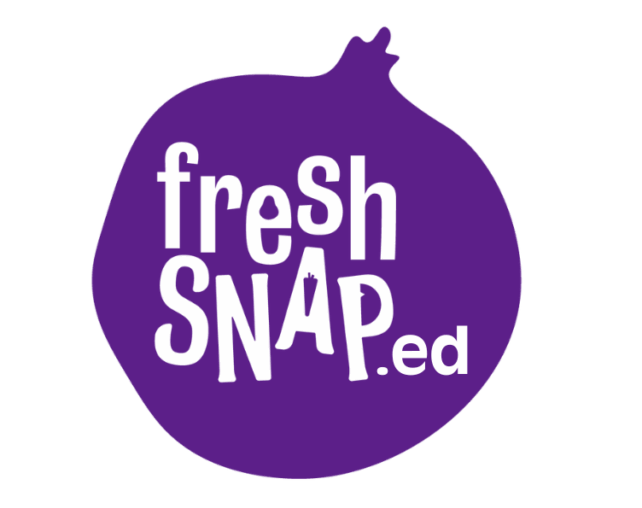
freshSNAP.ed curriculum resources
The freshSNAP.ed resources have been developed for Kindergarten to Year 10 and align with both the Western Australian and Australian Curriculums. Depending on the focus, each unit links to one of the following learning areas:
-
Health and Physical Education
-
Mathematics
-
Design and Technologies (Home Economics)
-
English
-
Science

Each unit includes 3–6 structured learning tasks under the Key Message headings of Introducing, Developing, and Reflecting, ensuring students build knowledge progressively. Teachers have full flexibility to choose how many units to teach, in what order, and over what timeframe, whether it’s a week-long focus, a term-long unit, or integrated throughout the year.
To further support planning, a Scope and Sequence and Sequential Learning Guide are available in the Resources for Teachers section.
FreshSNAP acknowledges the foundational work of Refresh.ED (Edith Cowan University) in the development of these curriculum resources.
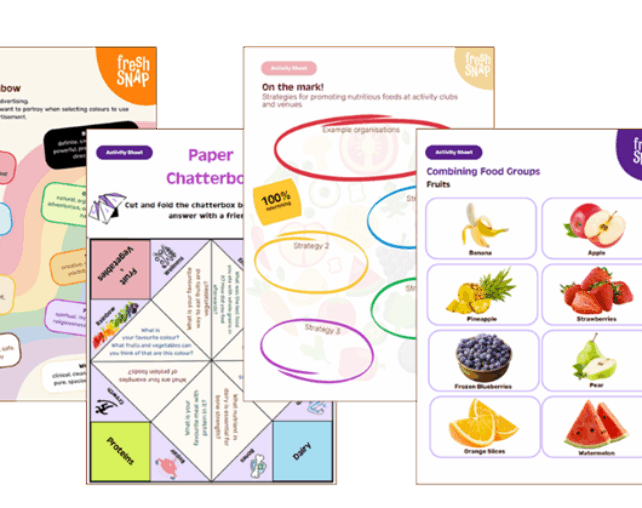
What's included in the resources?
Each freshSNAP.ed resource contains:
- Comprehensive lesson plan including links to the curriculum, key learning outcomes and suggested time allocation.
- Resource list and activity sheets.
- Teacher information sheets.
- Sample assessments.
- Additional student-led online lessons (for some units only).
Improving students nutrition knowledge and skills
Explore the freshSNAP.ed resource library
Browse the range of free, evidence-based and curriculum-aligned freshSNAP.ed resources here. Select resources that suit your year level and subject (Health, Science, English etc.). Use the flexible design of the freshSNAP.ed resources to seamlessly integrate the lessons into your classroom.
Embed freshSNAP.ed lessons into your classroom.
Start small, pick one easy to deliver lesson or activity to teach in your class and gradually embed them in your planning. Most freshSNAP.ed lessons are hands-on, engaging and low-prep for busy teachers.
Link to whole-school messages
Reinforce classroom learning by linking it with broader school initiatives, such as kitchen garden programs, canteen offerings, or cross-curricular projects. Support consistent health messaging across the school with other staff and the school community.
Reflect, share and improve
Regularly evaluate what’s working well in your classroom, gather feedback from students and other staff, and share successes and learnings to strengthen school-wide implementation.
Have a good news story? Get in touch with the freshSNAP team, we would love to share your story with our community!
Ready for some healthy changes?
SubscribeDid you know we can come to your school?
Our friendly team of teaching and nutrition professionals can come to your school to deliver FREE staff professional development, classroom incursions or other school engagement activities.


Ask us anything
Nutrition education helps students develop lifelong healthy eating habits. It supports physical growth, brain development, concentration, and overall wellbeing, factors that directly impact learning and academic performance.
Teachers are influential role models. By embedding healthy eating messages, creating a positive food environment, and using supportive language, teachers contribute to a whole-school culture of wellbeing.
Nutrition education can be integrated into what you’re already teaching. FreshSNAP.ed resources have been designed with a cross-curricular approach in mind. For example, explore food groups in Health, label reading in Maths, or persuasive writing on food topics in English. FreshSNAP.ed resources have been designed for time-poor teachers to seamlessly integrate the lessons into their classroom, requiring minimal prep time.
Start small and build from there. You don’t need to overhaul your whole program, just begin by introducing one simple freshSNAP.ed activity or lesson that fits naturally into what you’re already teaching and build from there. Start conversations with school leadership or colleagues to share resources, align efforts, and support each other in creating a consistent, whole-school approach to nutrition education.
We understand nutrition can be an overwhelming topic, freshSNAP is here to support teachers and educators. All freshSNAP.ed resources are evidence-based so you can be assured the information you are teaching is accurate. FreshSNAP also offers free professional development for teachers to improve your confidence in teaching nutrition education, contact us today to discuss this option.
The friendly freshSNAP team can also answer any questions or enquiries by email or over the phone.
Focus on positive, inclusive messages that celebrate all foods and bodies. Avoid judgmental language (e.g. “good” vs “bad” foods) and be mindful of students’ diverse experiences. Promote balance, enjoyment, and health regardless of body size. If needed, work with school wellbeing staff for extra support.
See our Healthy Communication factsheet for some practical tips to implement in your classroom.
Yes, all FreshSNAP services are free of charge.
The freshSNAP team is here to support you and are just a phone call or email away. You can contact us by calling (08) 6182 2260 or emailing freshsnap@nnf.org.au
Don’t forget to connect with us on Facebook and Instagram too!
Follow us @freshsnapwa
Ready for some healthy changes?
Join us now.
Join us at the table and be a part of our community. Subscribe to stay up to date with fresh news, program updates and other exciting opportunities.

